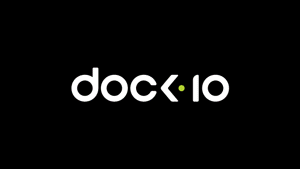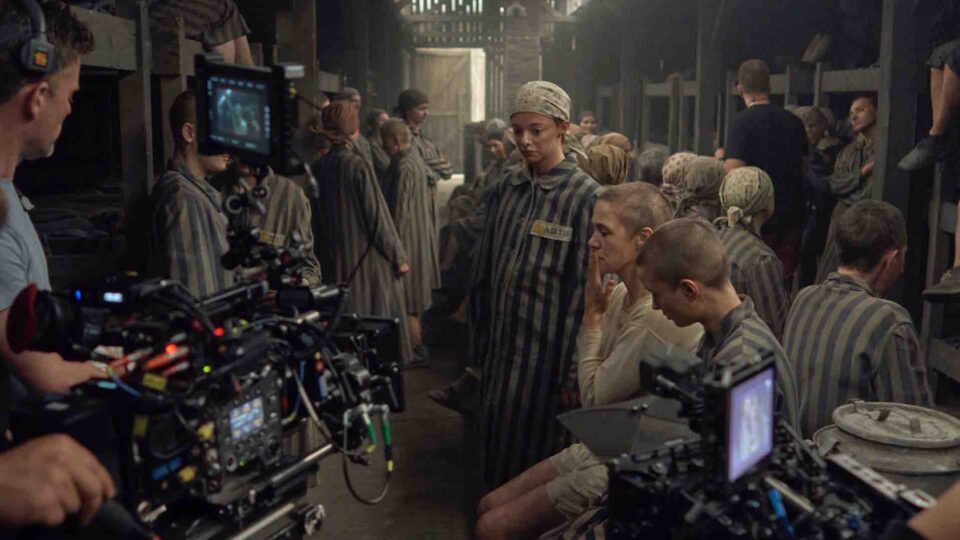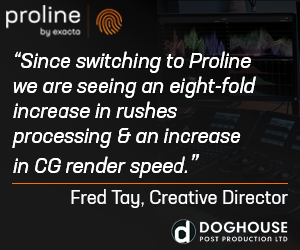One of the unavoidable truths is everything is going file-based. This is accepted as a reasonably good thing by many who’ve given file-based production a try, though, whatever the production, there are still plenty of niggles to sort out each time.
An often cited and potentially catastrophic issue when going file-based is ensuring rushes are kept safe and aren’t accidentally erased or put onto a single hard drive that gets corrupted resulting in the loss of irreplaceable footage.
There are a number of ways to create a safe environment for file-based rushes, principally based around the role of the DIT who, on location, takes care of offloading file-based rushes from memory cards to hard drives, backing up the information and preparing the cards for reuse.
The management of these rushes after the shoot can often be a bit messy though, with rushes sometimes being badly labelled up and no one quite sure who should take responsibility of the drives.
A newly launched “online video production” tool called Aframe, aims to make the transition from tape-based to file-based production much more straightforward by creating a Facebook-style environment providing a safe, instantly accessible online home for your rushes.
The way it works is that, on location, rushes are uploaded onto your Aframe space where anyone in the production team can access the production pages to review the content, leave comments and so on. The rushes are automatically logged in real-time by a team based in Sunderland to make all the content searchable.
When it comes to post production, you then drag and drop the rushes from your Aframe account into the editor, and transfer the edit back again after each session. Once cutting is finished, Aframe replaces the lower res proxy images of the offline edit with the full res originals.
The full res cut is then available via Aframe to those working on the vfx, grading, audio and all other finishing stages.
Once a production is finished, the rushes remain on your Aframe account and proxy versions are instantly accessible whenever required. Aframe also has a system to monetise clips from your archive by selling appropriate material as stock footage to other Aframe users.
Aframe was co-created by ex-Unit md David Peto. The company behind Aframe raised £2m for its launch, and already has customers including Middlechild Productions, RDA TV, Ten Alps, Press Association, Red Earth Studios, Zig Zag Productions, Carbon Media and The Crewing Company.
“Aframe replaces hard drives, bikes and FTP with instant, agile filmmaking,” says Peto. “There are loads of people archiving irreplaceable data onto £100 external hard drives. This isn’t surprisingly – why should a creative company be an IT company? We make the process affordable and easy to do, meaning they can focus on making programmes.”
“Aframe is a web-based tool that takes you through the process from the front-end. You can plan the entire production within the system, upload proxy files from the shoot, share them, etc. All of it has metadata attached and is searchable. We bring down five hours worth of editable quality clips in 30 minutes. You do the edit, then press a button and it grabs the high-res versions.”
The system is subscription-based so if you stop using it you have to take your content back again. And while it appears to offer a convenient one-stop shop for rushes management on file-based productions, it’s doing very little that you couldn’t already do before, albeit with separate packages.
“You could do all the bits of Aframe before,” admits Peto, “But they were all separate and you didn’t have the chance to integrate each of the parts, so it was all quite difficult to use. We’ve taken all the bits and built Aframe from the ground up, and built it so it’s very easy to use. It’s as easy to use as Facebook.”
The cost for an individual user of Aframe starts from £14.99 a month, while £399 a month buys you a plan for five projects and 10 users, 2.5TB of storage and access to the whole system. It’s pay as you go and you can ramp up and increase storage when required and then drop it back down to the original plan.
“We keep the finished programme and an archive of all the rushes. All proxy copies of long-term archive storage are kept online and are still usable,” adds Peto. “We also organise clip sales of redundant clips, with the buyers being other Aframe users.”
Staff Reporter
Share this story

















